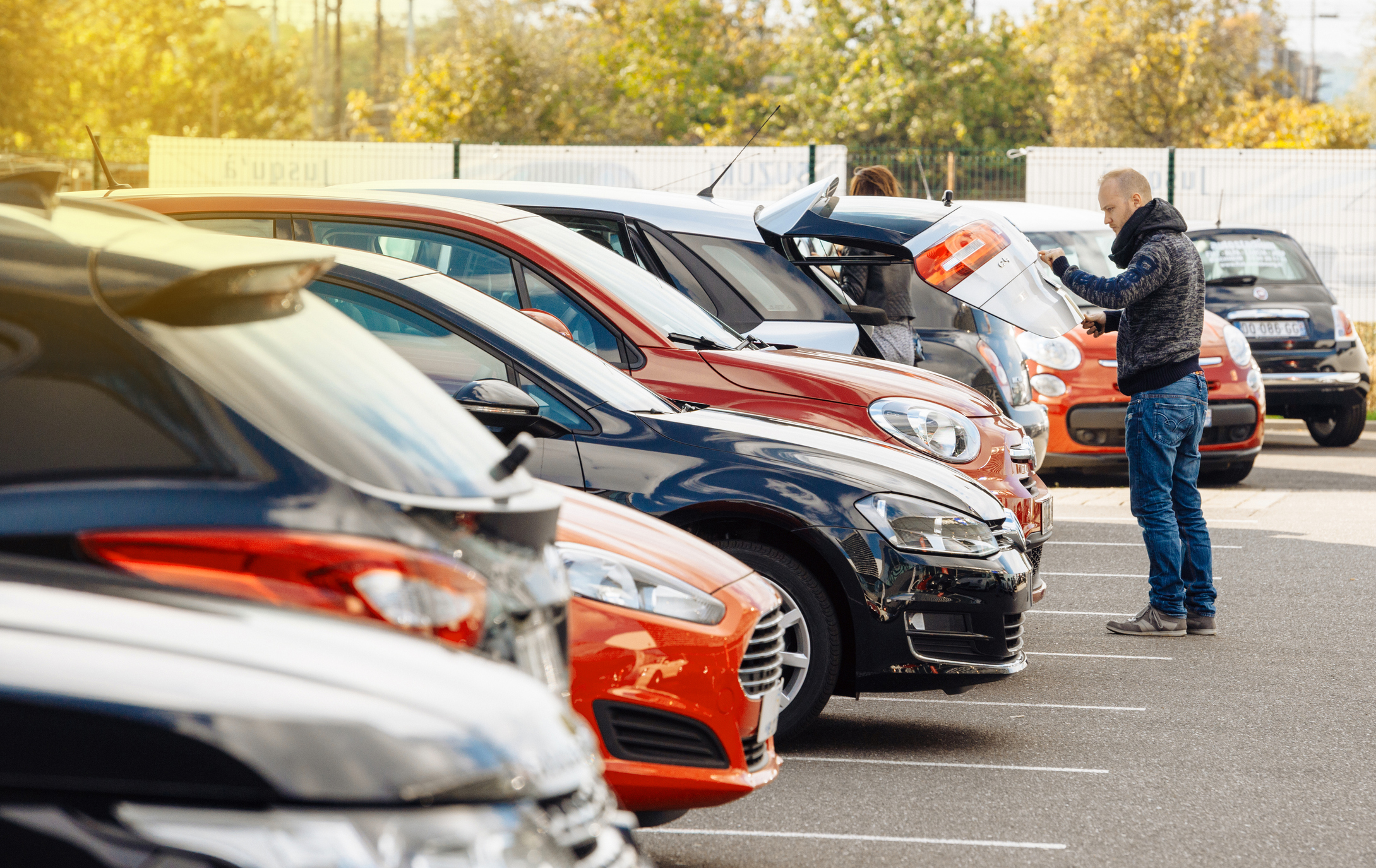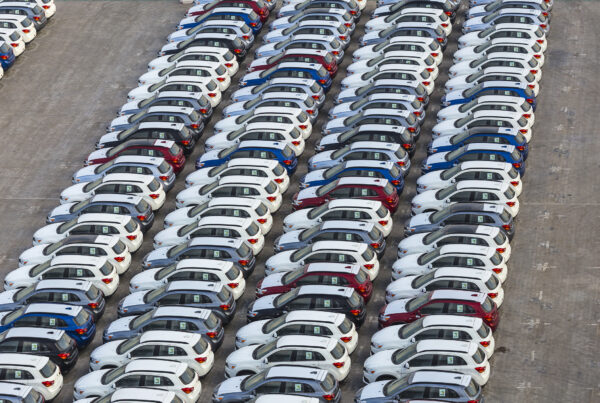November new car sales in Australia has increased by 17.9 percent from the same month last year as 95,080 vehicles were sold in this period.
According to the latest figures from the Federal Chamber of Automotive Industries (FCAI), the year-to-date total for this month is now 993,509 units sold across the nation.
“The automotive sector is continuing to recover from pandemic-related shutdowns, a global shortage of microprocessors, and the general supply chain uncertainty we experienced over the last two years,” FCAI Chief Executive Tony Weber said.
“The industry will deliver the one-millionth vehicle to the market in 2022 next week.”
“While this is positive news, many customers are still facing extended wait times for their vehicle, with expected delivery dates for some models beyond 12 months.”
Sales Figures
Sales across all States and Territories were up. Western Australia increased by 36.5 per cent with 9,668 vehicles sold; Queensland, 28.9 percent (20,621 units sold); Tasmania, 23 per cent (1,783 vehicles sold); Victoria, 19.1 per cent (25,534 units sold); the NT, 14.1 per cent (815 units sold); South Australia, 12.3 per cent (5,673 vehicles sold); New South Wales, 7.5 per cent (29,545 sold); and the ACT, 2.5 per cent (1,441 vehicles sold).
Toyota continues to lead the market with 20,107 vehicles sold (21.1 percent share). Mazda followed in second with 7,549 units sold (7.9 percent), Kia was third with 6,120 units sold (6.4 percent), and Mitsubishi and Hyundai both has 5.8 percent of the market coming in 4th and 5th with 5,559 and 5,519 units sold respectively.
The best-selling model for the month is the Toyota HiLux with 5,440 sales reported followed by the Ford Ranger with 5,073 units sold. The Toyota Corolla came in third with 3,732 units sold followed by the MG ZS in fourth place at 3,051. The Toyota Landcruiser landed in fifth place at 2,269 vehicles sold.
EV Sales
According to the FCAI, electric vehicle sales continue to increase as 13,415 zero and low-emission vehicles were sold across the nation this month. Of this, 4,457 battery electric vehicles, 8529 hybrids, and 429 plug-in hybrids were sold.
“Purchase incentives for zero and low emission vehicles, and increased fuel quality standards are both important levers in reducing CO2 emissions from Australia’s light vehicle fleet,” Mr. Weber said.
“These need to be combined with a Federally led emissions target for the light vehicle sector. One which is ambitious, yet achievable and is cognisant of vehicle price, model availability, battery supply, and infrastructure requirements.”
Read a related article below:
Did you find this article interesting? Click the ‘heart’ button above to give it a ‘like’!


















